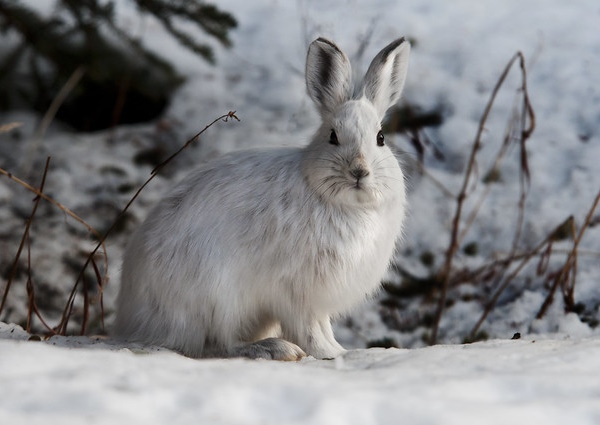Woolly Hare
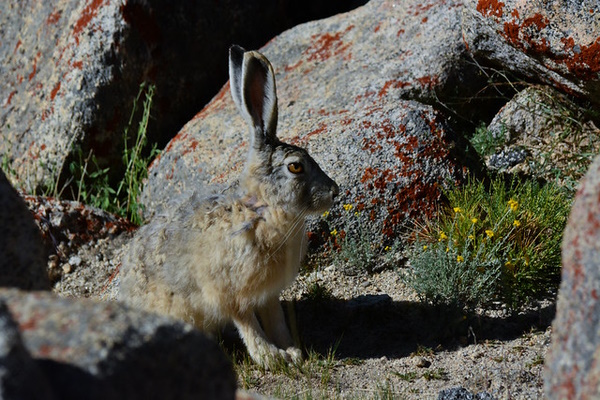
The Woolly Hare (Lepus oiostolus) inhabits high mountain plateaus, meadows and grasslands in western China, far northern India, and Nepal. Although considered by IUCN to be not threatened or endangered, woolly hares are not exactly common, even in the heart of their home range. They shed their trademark shaggy coats in springtime and grow them back in autumn. (image via Nipun Sohanlal)
* Hare-raising Fun Fact: Woolly hares are well-adapted to a high-altitude, thin-air lifestyle – they have been observed at altitudes as high as 5,400m (17,700 ft) above sea level in the Himalayas.
Black Jackrabbit
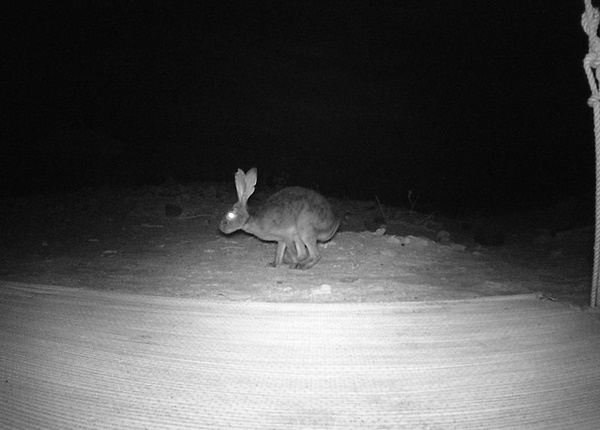
The Black Jackrabbit (Lepus insularis) is often confused with the Black-tailed Jackrabbit (L. californicus)… some sources even consider it a subspecies. But whereas the latter is relatively common in mainland Mexico, the Black Jackrabbit is only found on uninhabited and protected Espíritu Santo island in the Gulf of California. (image via squamatologist)
* Hare-raising Fun Fact: Since Espíritu Santo island has no natural surface water sources, Black Jackrabbits are able to absorb all the water they need from the grasses, bark and other vegetation they eat.
Corsican Hare
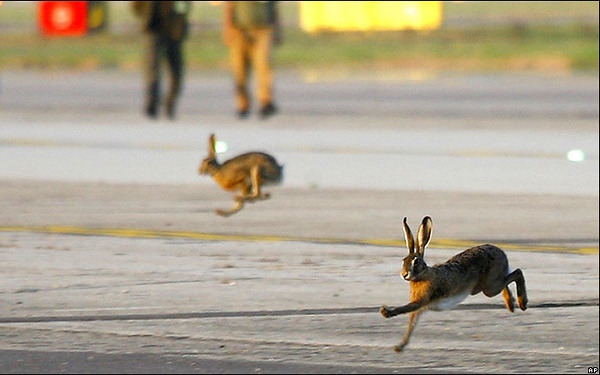
The Corsican Hare (Lepus corsicanus) is a distinctive-looking hare found in southern Italy (Sicily, especially) and the French island of Corsica. These smallish hares have reddish-gray fur on their neck, shoulders and hips, soft white fur on their undersides, and gray to black fur on their backs. The IUCN considers the Corsican Hare to be “vulnerable” due to over-hunting, habitat loss and competition from the larger European Hare. (image via David Pappas)
* Hare-raising Fun Fact: Despite its name, the Corsican Hare is not actually native to the island of Corsica: it was introduced there in the 16th century, where it soon thrived in the islands lightly-populated scrublands and forests.
Antelope Jackrabbit
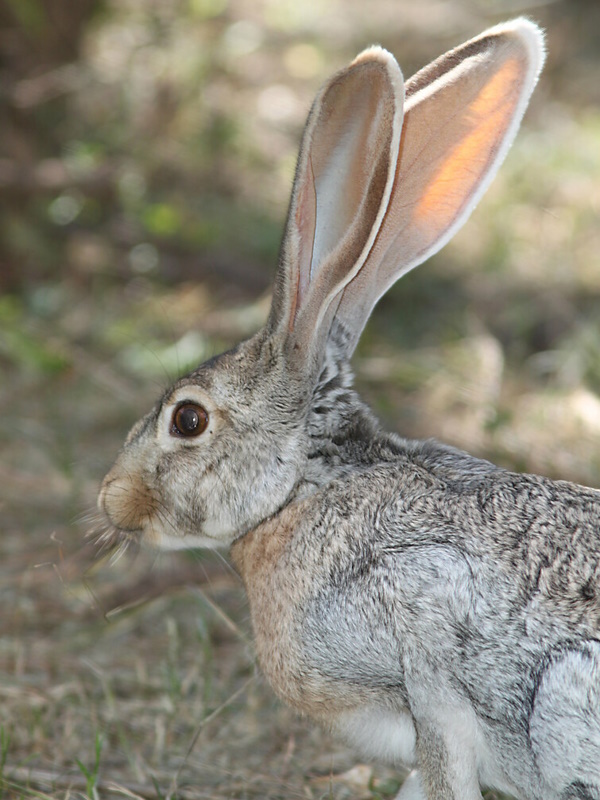
The Antelope Jackrabbit (Lepus alleni) can be found in arid desert regions of southern Arizona and northwestern Mexico. This large hare can weigh up to 4.1kg (9 lbs) and grow up to 52 to 58 cm (22 inches) long. Its ears can measure as long as 17 cm or 6.7 inches. Antelope Jackrabbits are preyed upon by coyotes, bobcats, golden eagles, and humans: some believe that reducing the hare population will also reduce the numbers of their predators. (image via ALAN SCHMIERER)
* Hare-raising Fun Fact: We know what you’re thinking and no, there is no connection between the Antelope Jackrabbit and that semi-legendary cryptid, the “Jackalope”. The latter is a mythical animal created in 1939 by two brothers from Wyoming – hunters with taxidermy skills – who grafted a pair of deer antlers onto a jackrabbit’s carcass. Be afraid… be very afraid.
Think you’re having a bad “hare” day? Check out Perm Whales: 7 Amazing Unexpected Curly-Haired Animals!

